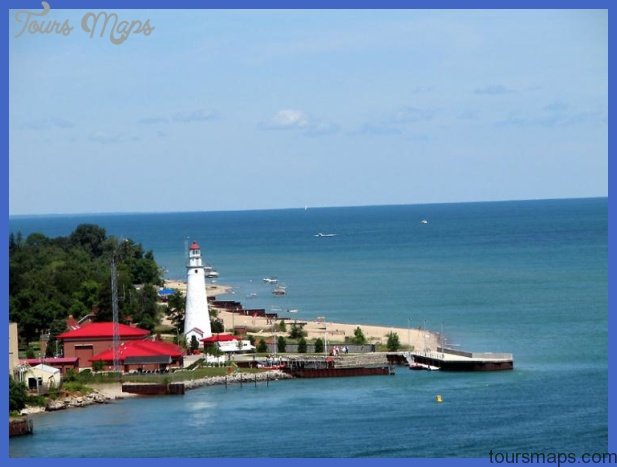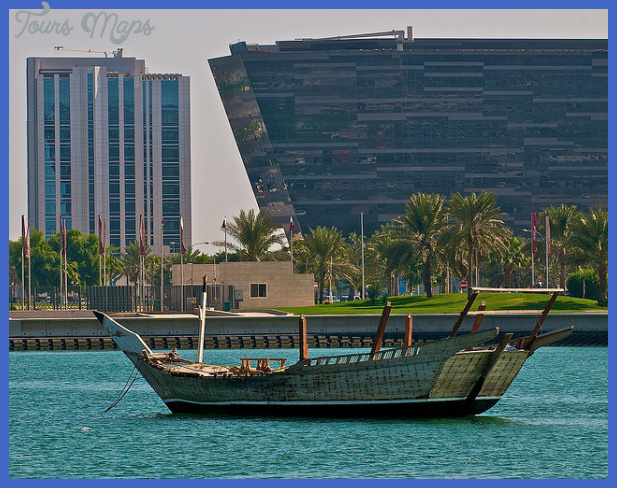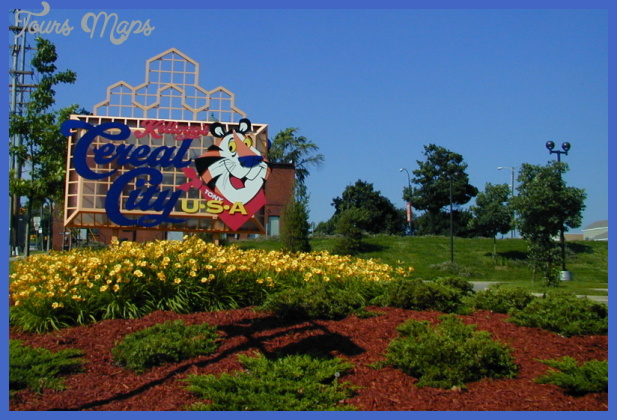Michigan The New Migrant Boom
In the 1980s Michigan was unusual for its relatively slow-growing Latino population. As Michigan’s economy slid into free fall, the systems of recruitment that pulled Latino workers from Mexico and from the migrant stream into permanent jobs in the state sputtered to a stop. New migration returned during the economic boom of the 1990s, most dramatically in southwest Michigan. By the end of the 1980s almost all of the farm labor in the area was done by Mexican or Central American workers who migrated between Michigan and Florida; many of these workers were undocumented. The economic expansion of the 1990s opened opportunities for these migrants to settle out of the migrant stream and move into service and factory jobs. Around the same time, many Dominicans living in New
York began fleeing drug-related crime, punitive welfare reform, and the harsh policing of the Giuliani administration. These Dominicans came to western Michigan because of ties to the Seventh Day Adventist Church, headquartered in Battle Creek. By 2005 Latinos were the largest ethnic minority in southwest Michigan, with large concentrations in Holland, Wyoming, and Grand Rapids. A similar process brought newcomers to Southwest Detroit, paving the way for new Spanish-language media, including a local affiliate of a national Spanish-language television network.
The sweat of Mexican beet workers in the 1920s had subsidized the early transformation of the United States into a consumer society by making sugar a cheap commodity. At the end of the twentieth century, as Michigan shifted from a landscape of urban factories to one of sprawling suburbs with bountiful shopping centers, Latino workers similarly subsidized the abundant fruits, vegetables, and meat on Michigan tables. They continued to work in fields and packinghouses for wages that were hardly above the bare minimum they needed to survive. At the same time many middle-class women in Michigan worked increasing hours outside their homes, the outcome of women’s liberation struggles and of their families’ rising consumer expectations.
Because neither the government nor middle-class men stepped in to provide the household labor that women customarily performed, middle-class families increasingly relied on Latino, and especially Latina, migrants for tasks such as childcare and cleaning. Labor in homes, like labor in the fields, was poorly paid. In the first decade of the twenty-first century, in a country where expansive suburban consumption had become a key aspect of citizenship, this type of citizenship for some Michiganders still depended on the ability to pay Latinos very little for indispensable labor. As they had been doing for nearly a century in Michigan, Latinos took hold of opportunities to increase their own consumption, by moving from the worst jobs into slightly better ones. But the socioeconomic system relied on paying low wages for farm and household labor, so getting ahead was no easy task.
When the economic boom of the 1990s came to a shuddering halt after 2001, many politicians blamed Latin American migrants and progressive social programs for the state’s economic woes. A ballot initiative passed in November 2006 banned the use of affirmative action in public universities. Meanwhile, the Bush administration directed Homeland Security officials in Michigan to round up what it called criminal aliens in dragnets called Operation Return to Sender. These sweeps often imprisoned and deported undocumented workers with no criminal record at all, or with minor offenses such as drunk driving. The result was widespread fear, a growing sense of community solidarity, and eventually mobilization in Detroit and southwest Michigan. In 2006 the U.S. House of Representatives passed a measure making immigration violations a felony offense thus turning all undocumented aliens into criminal aliens. The diverse Latino popula-
tions in Michigan took to the streets in protest. Ten thousand marched in Grand Rapids, and 40,000 marched in Detroit. These were by far the largest political demonstrations by Latinos in Michigan history.
Travel to Michigan Photo Gallery
Maybe You Like Them Too
- The Best Cities To Visit in The World
- World’s 10 Best Places To Visit
- Coolest Countries in the World to Visit
- Travel to Santorini, Greece
- Map of Barbados – Holiday in Barbados








